Institute of Tobacco Research Collaborates with Lanzhou University to Develop Multi-Omics Association Analysis Software
A joint research team led by Prof. Yanjun Zan from Institute of Tobacco Research (ITR), Chinese Academy of Agricultural Sciences (CAAS) and Prof. Jianquan Liu from Lanzhou University has made significant progress in developing a user-friendly multi-omics association analysis software. Their findings were recently published in Plant Communications (Top 5% journal, IF=9.4).
With the exponential growth of omics technologies, multi-omics integration has become pivotal in functional genomics and molecular mechanism studies. However, the technical complexity of analyzing multi-omics data poses challenges for researchers, particularly wet-lab biologists. To address this, the team developedEasyOmics, a one-stop desktop application that eliminates the need for coding expertise, complex software installations, and data preprocessing.
As the first integrated desktop platform for multi-omics association analysis, EasyOmicstransforms command-line operations into an intuitive graphical interface. Its intelligent parameter recommendation system guides users through complex analyses, even those without statistical training. The software features eight core modules, covering data quality control, heritability estimation, GWAS analysis, multi-omics association, Mendelian randomization, and visualization tools. Researchers can seamlessly link transcriptomic, proteomic, and other omics datasets with a few clicks, generating publication-ready vector graphics.
Leveraging Docker containerization,EasyOmicssupports instant deployment on Windows, macOS, and Linux systems. Pre-configured environments enable "download-and-use" functionality, saving weeks of setup time compared to traditional methods. Non-commercial users can access the software freely via Docker Hub, with installation and tutorials available athttps://hanyu-me.github.io/EasyOmics_tutorial/.
The TRI-CAAS is the first affiliation, with co-first authors Yu Han (a CAAS-Sichuan University joint graduate student) and Qiao Du (CAAS graduate student). Prof. Yanjun Zan and Prof. Jianquan Liu are corresponding authors. The study was funded by the National Natural Science Foundation of China Youth Fund, National Key R&D Program Young Scientist Project, Shandong Taishan Scholars Program, Shandong Outstanding Youth Science Fund, and CAAS Agricultural Science and Technology Innovation Program.
Link topublication:
https://www.sciencedirect.com/science/article/pii/S2590346225000550
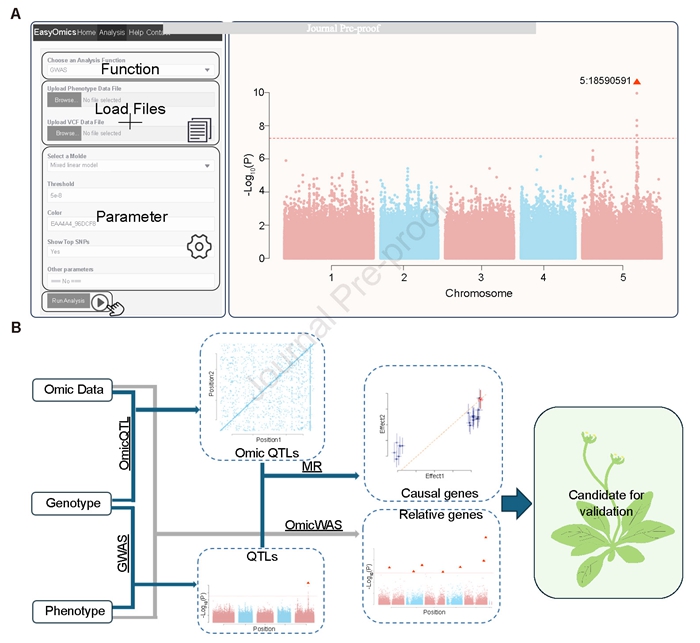
(By Yanjun Zan, zanyanjun@caas.cn)
-
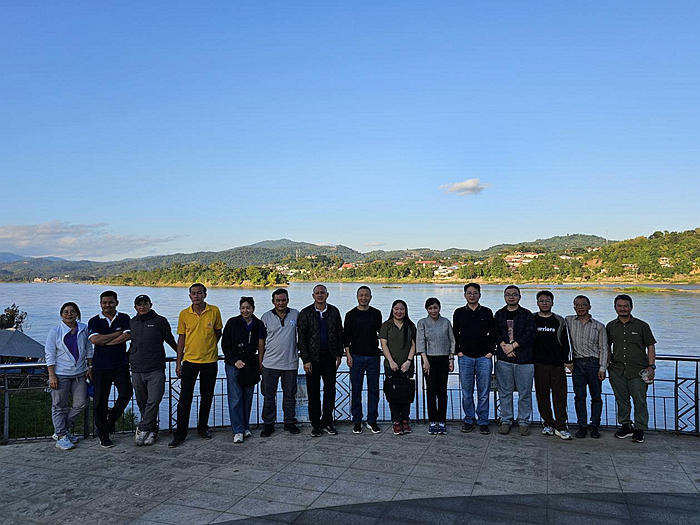 Jan 21, 2025IAED-CAAS Delegation Visits Thailand for Scientific Cooperation
Jan 21, 2025IAED-CAAS Delegation Visits Thailand for Scientific Cooperation -
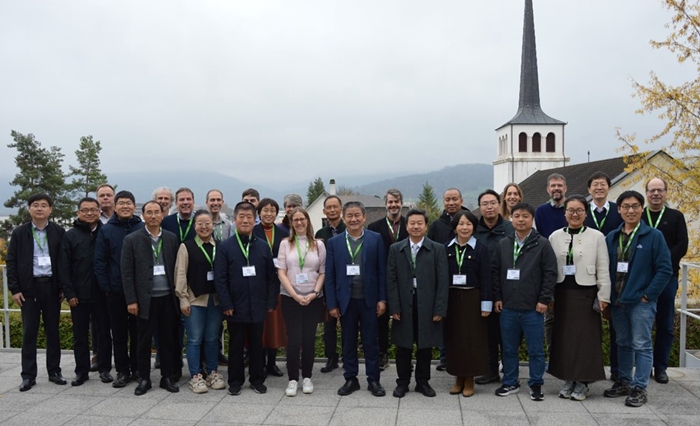 Dec 05, 2024China-CABI Project Development Workshop Held in Delémont, Switzerland
Dec 05, 2024China-CABI Project Development Workshop Held in Delémont, Switzerland -
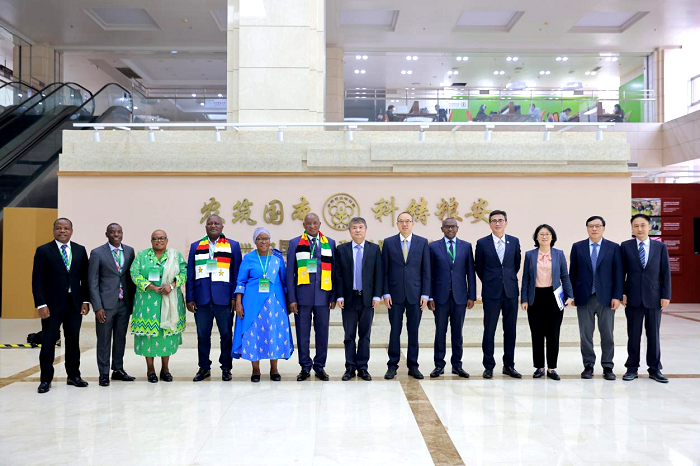 Dec 05, 2024Ministerial Workshop on Digital Agriculture and Rural Revitalization for BRI Partner Countries Held at CAAS
Dec 05, 2024Ministerial Workshop on Digital Agriculture and Rural Revitalization for BRI Partner Countries Held at CAAS -
 Dec 05, 2024CIAR and FGV Deepen Cooperation to Promote the Development of China-Brazil Green Agricultural Products Value Chain
Dec 05, 2024CIAR and FGV Deepen Cooperation to Promote the Development of China-Brazil Green Agricultural Products Value Chain -
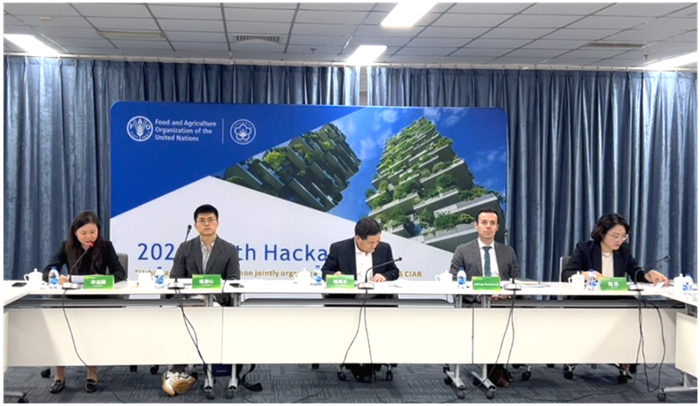 Dec 05, 20242024 Youth Hackathon for Urban Agriculture Finals Successfully Held in Beijing
Dec 05, 20242024 Youth Hackathon for Urban Agriculture Finals Successfully Held in Beijing
